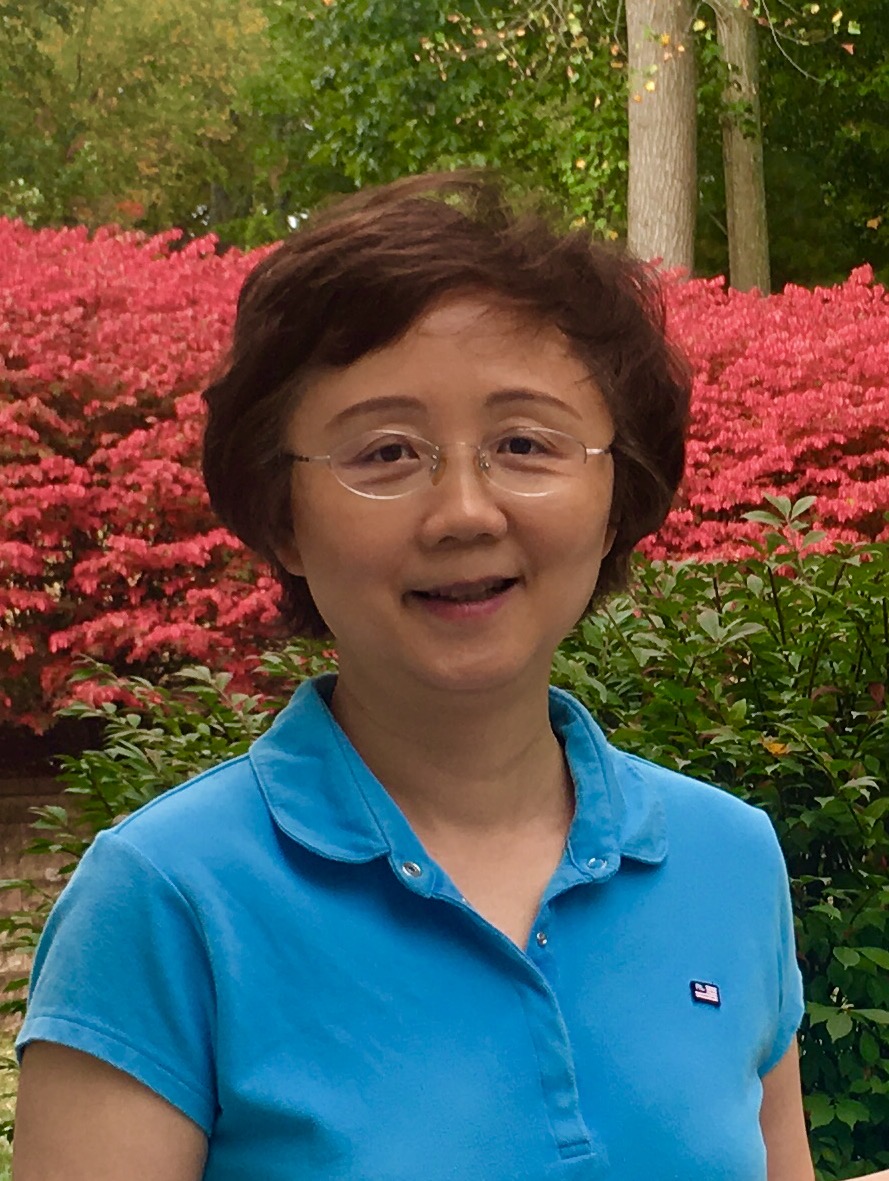Hui Cao
Hui Cao is the John C. Malone Professor of Applied Physics and of Physics, and Professor of Electrical Engineering. Her research focuses on mesoscopic physics, complex nanophotonics, and biophotonics.
Cao received her PhD degree in Applied Physics from Stanford University in 1997. Her thesis work on the semiconductor cavity quantum electrodynamics was published as a monograph in the highly reputed series "Springer Tracts of Modern Physics".
Immediately after finishing her PhD in 1997, Cao joined the faculty at Northwestern University where she quickly broke into a new field studying random lasers. In 1999 her team demonstrated random lasing in semiconductor powder; a work which was selected by the American Physical Society (APS) as one of the most important advances of that year. A year later, Cao invented a novel microlaser, constructed out of a disordered medium, which was again highlighted by the APS as one of the most important achievements in the year 2000. In parallel, she worked on the mesoscopic transport of photons as well as nanoplasmonics.
Cao initiated multiple new research directions after moving to Yale in 2008. For example, she worked on spatial coherence engineering of lasers. Along with her coworkers she demonstrated speckle-free laser imaging using a low-spatial-coherence random laser as the illumination source. This work was highlighted as one of the most exciting optics research in 2012 by Optics & Photonics News (OPN). Cao also designed a chaotic microcavity laser that can produce inherently speckle-free emission, with applications to wide-field microscopy, compact laser display and machine vision. This work was selected by OPN as a Highlight in Optics for 2015, and won the 2016 Microscopy Today Innovation Award. Recently Cao invented a fast and efficient method of switching the spatial coherence of a laser, and performed multimodality microscopy of a living tadpole heart. In collaboration with Nufern Inc., her team developed a bright fiber-based amplified spontaneous emission (ASE) source that has both low temporal coherence and low spatial coherence for optical ranging applications.
Another research direction of Cao's is harnessing disorder for photonic applications. She invented a chip-scale random spectrometer, and won the Microscopy Today Innovation Award in 2014. She also proposed to use a single multimode fiber as a high-resolution, low-loss spectrometer. This work was selected by OPN as a Highlight in Optics for 2013. At Yale, Cao started the biophotonics program and studied the structural color in nature.
Cao is the recipient of the NSF CAREER award, the Packard Fellowship, the Sloan Fellowship, the Maria Goeppert-Mayer Award and the Guggenheim Fellowship. She was awarded the Friedrich Wilhelm Bessel Research Award by the Alexander von Humboldt Foundation, and the Outstanding Young Researcher Award by the Overseas Chinese Physics Association. She shared the William E. Lamb Medal for Laser Physics and Quantum Optics with A. D. Stone and V. V. Yakovlev. Cao has been recognized as a fellow of the American Physical Society (APS), the Optical Society of America (OSA), the American Association for the Advancement of Science (AAAS), and the Institute of Electrical and Electronics Engineers (IEEE). She is a member of Connecticut Academy of Science & Engineering.
Cao is a dedicated teacher and mentor. She has served as a Distinguished Traveling Lecturer for the American Physical Society since 2009. Cao also chaired several major international conferences, e.g., the 2010 International Conference on Quantum Electronics and Laser Science (QELS), and the 2012 Conference on Lasers and Electro-Optics (CLEO).
